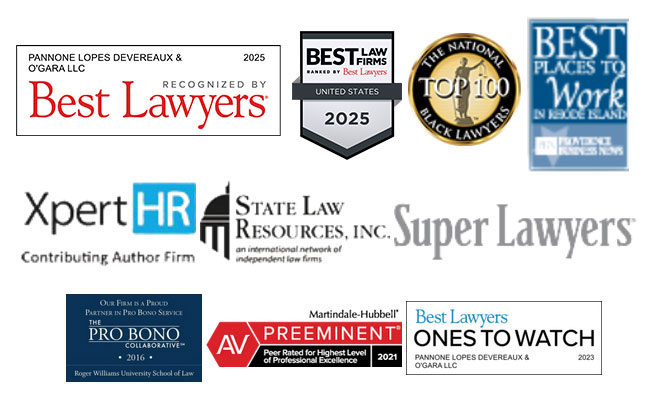Despite recent market volatility caused by the pandemic, war in Ukraine, and inflation fears, rarely in U.S. history have so many individuals owned so much highly appreciated property.
A significant percentage of these assets are owned by those approaching retirement age. Today, there are more than 55 million Americans aged 65 and older, and each day, more than 10,000 join their ranks. As retirement approaches, individuals are shifting from an investment strategy focused on asset growth to one centered on producing income for a retirement period that may span 20 years or more. Since interest rates and cash yields on traditional investments remain low, a growing part of our estate and tax planning practice involves working with clients and their advisors to determine how to convert highly appreciated homes and other investments into a dependable source of retirement income with an acceptable level of risk. In times like these, clients should consider using a Charitable Remainder Trust (“CRT”).
A CRT is a planning option that should be considered when clients have investments with large unrealized capital gains, but who need or want liquidity now. Generally, a CRT is a form of “split interest” trust, meaning both the client and one or more charities have an interest in trust assets. The client has a right to an annuity from the trust either for their lifetime or a term of years, and the charities have a right to the remainder of the trust assets when the trust ends. CRTs come in two variations: one with a fixed annuity (a Charitable Remainder Annuity Trust, or CRAT); and one with a variable annuity (Charitable Remainder Unitrust, or CRUT).
The advantages of a CRT are numerous. First, if appreciated assets are placed into the CRT before they are sold, then no capital gains tax is due at the time of the sale. Second, the client gets an immediate charitable income tax deduction of at least 10% of the value of the assets transferred to the trust. Third, the annuity payment to the client can be structured for either a term of years or for the single or joint life expectancy (maximum of 20 years). Fourth, like a Qualified Retirement Account, the investments that remain in the trust accumulate free of income tax, which encourages a higher rate of appreciation than in taxable accounts. Further, the CRUT variation can help to protect against rising inflation, as the variable annuity paid out each year (e.g., 10% of the value of trust assets each year) increases with rising asset values within the trust.
The following is a non-exhaustive listing of clients who should consider using a CRT:
- Charitable donors.
- Clients who would benefit from an additional source of retirement income.
- Clients who would benefit from a regular flow of income (e.g., during a child’s or grandchild’s college years).
- When diversifying or managing a publicly traded stock portfolio (e.g., to allow for sale of stock in a tax-exempt environment).
- Business owners when selling or retiring from the business.
- Older generation business owners when passing control of a closely held business to the next generation (e.g., owner contributes stock to the trust, then the corporation redeems the stock from the trust; the younger generation’s ownership percentage increases without a taxable gift, and the departing owner has income from the trust for retirement).
- Owners of real estate, artwork/collectibles, and other appreciated assets when planning the sale.
These are just a few of the many situations in which CRTs can be beneficial to those with highly appreciated property and a need for liquidity. The strategy is based on elements built into U.S. tax law that are designed to encourage charitable giving. It is a powerful tool that combines the desire of clients who own highly appreciated property to minimize income, capital gains, and estate/gift taxes, while making significant charitable gifts. If carefully planned and executed, the strategy results in a tax efficient conversion of appreciated assets into an additional stream of income for the client for life or other periods of time.
For further information on CRTs and other estate and trust planning strategies, please contact Attorney Jason P. Jones in our Boca Raton, Florida office at 561-362-2030 or email jjones@pldolaw.com.


